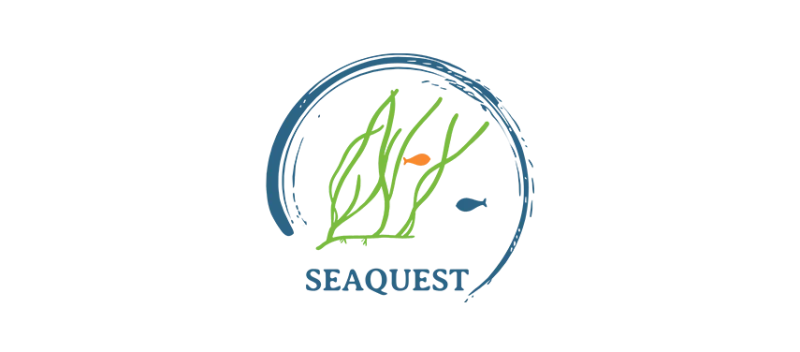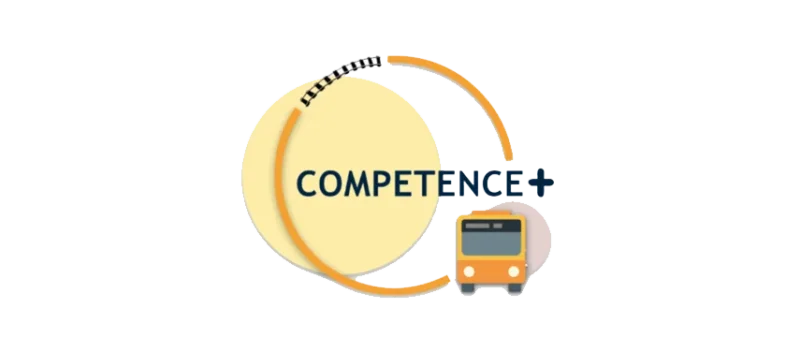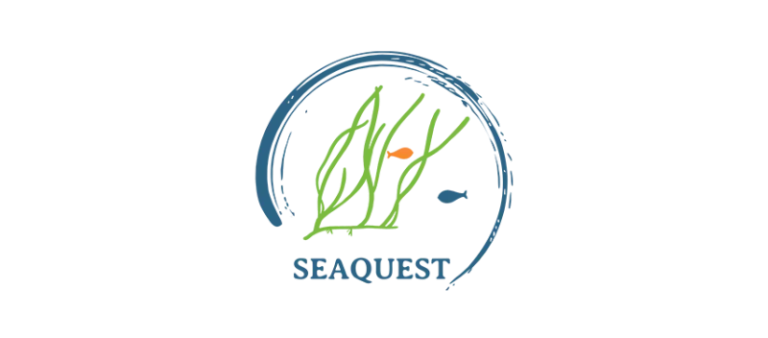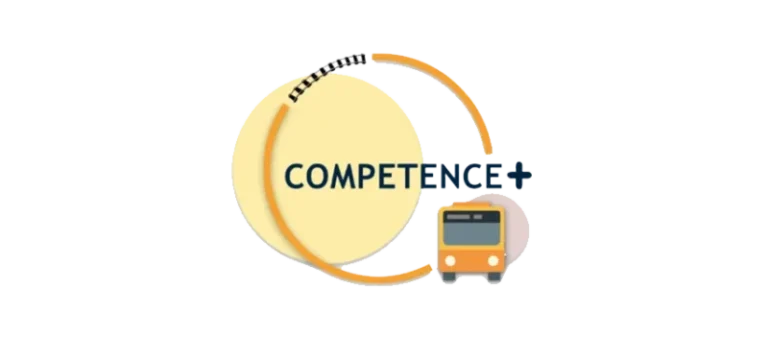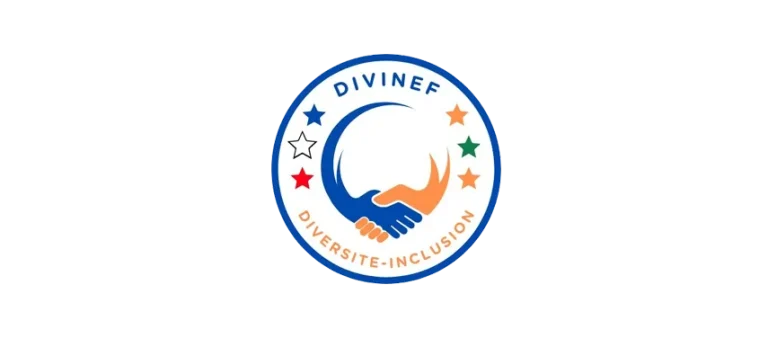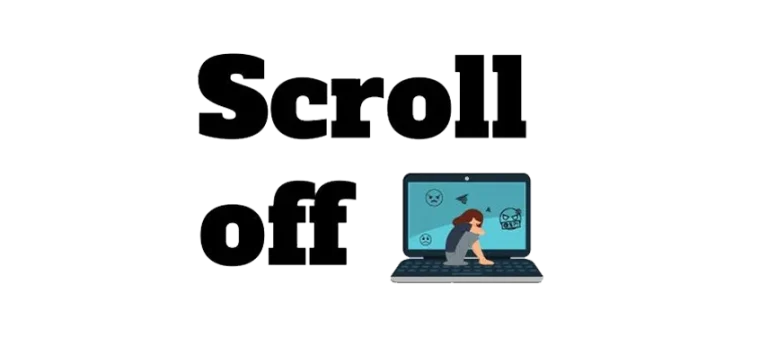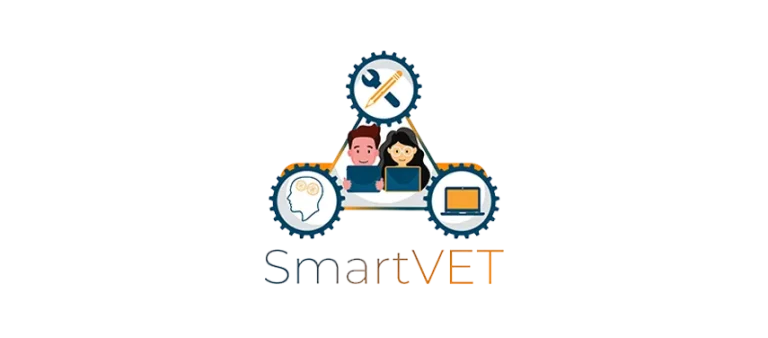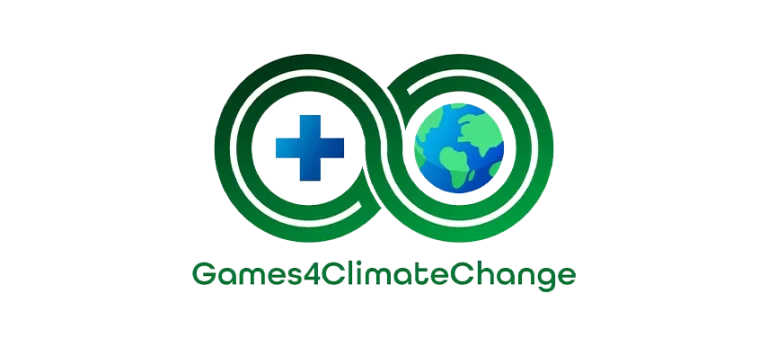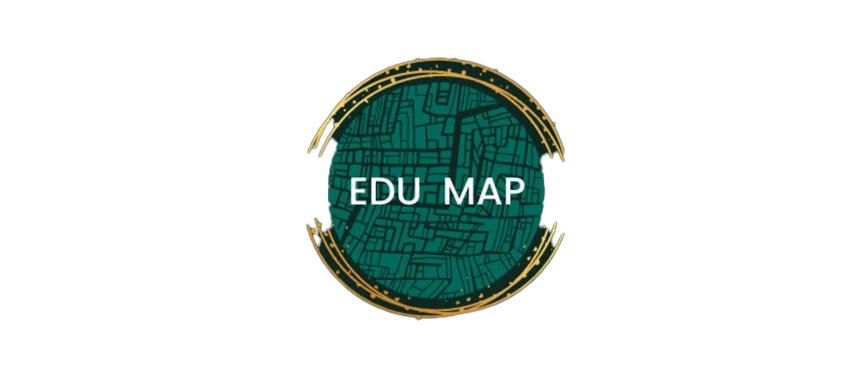
EDU MAP
- Code: 2021-1-LT01-KA220-SCH-000024288
- Category: Literacy & Education
Educational Materials For Substance Abuse Prevention
Teachers train their students into life both academically and socially as a result of their duty. However, in this changing world, both teachers and students are experiencing problems that ruin work rhythm. At the top of these, there is addiction.
Today, an addiction, causes great destruction both on individuals and in society, spreads rapidly despite religion, language, race differences. As well as being the whole society’s concern, it stands in front of us as a growing problem day by day. There is a growth in the use of alcohol and illegal drugs among European youngsters and that is a problem that all countries should do something about it. When we look at drug use in Europe, we see that a much wider range of substances is used than in the past. Polydrug consumption is widespread among drug users.
According to the 2019 data from the European Monitoring Centre for Drugs and Drug Addiction (EMCDDA), approximately 96 million people, or 29% of the adult population in the European Union, have tried illegal drugs. A 2017 EMCDDA report comparing substance use among European and American 15- to 16-year-olds found that European youth consume more alcohol and tobacco, while American students use more cannabis. Europe remains a significant drug market with both domestic production and international trafficking.
The COVID-19 lockdowns exacerbated substance use, with increased alcohol and tobacco consumption and higher substance use among Dutch youth. The lockdowns also hindered guidance and counselling services, contributing to academic decline and social isolation among addicted students.
ECU MAP Objectives
The EDU MAP project aims to prepare and train school teachers in recognizing addiction and be well-informed on what steps to take next, thus helping students who have addiction problems by assessing the need for intervention.
The project aims to offer innovative solutions along with providing an evaluation of addiction problem which occurs to be an international problem, by combining quantitative and qualitative methods in order to provide the best possible answers for policymakers.
| Organization Name | Country |
|---|---|
| AUSTRIAN ASSOCIATION OF INCLUSIVE SOCIETY (AIS) | Austria |
| MITROPOLITIKO COLLEGE ANOYMI EKPAIDEYTIKI ETAIRIA | Greece |
| APEC EGITIM DANISMANLIK LTD. | Turkey |
| STANDO LTD | Cyprus |
| SUSTAINABLE DEVELOPMENT INSTITUTE | Finland |
| UNIVERZITETNI REHABILITACIJSK I INSTITUT REPUBLIKE SLOVENIJE-SOCA | Slovenia |
| ZISPB | Lithuania |
Disclaimer: This project has been funded with support from the European Commission. This publication reflects the views only of the author, and the Commission cannot be held responsible for any use which may be made of the information contained here.
